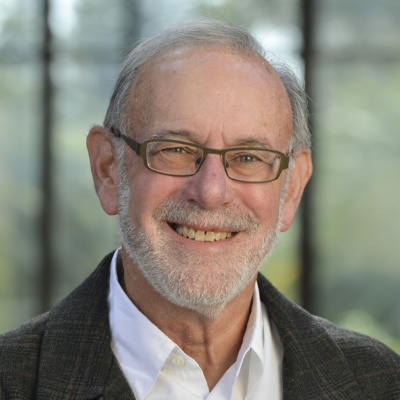The Tyranny Of The Noncompete Clause
Summary
In “Regional Advantage,” her classic 1994 explanation of why Silicon Valley became the center of the tech universe and Route 128 outside Boston did not, AnnaLee Saxenian of the University of California at Berkeley argued that a key difference was that in Silicon Valley people jumped from company to company, while along Route 128 they stayed put.
…
Saxenian, a political scientist who’s now dean of Berkeley’s School of Information, depicted this difference in litigiousness as the product of broader cultural differences between Massachusetts and California. Writing a few years later, Stanford Law School’s Ronald J. Gilson suggested that maybe the legal differences came first. In Massachusetts, as in 46 other states, it’s possible for employers to enforce post-employment covenants not to compete — aka noncompete clauses. In California it generally isn’t.
…
California’s ban on the enforcement of noncompetes doesn’t seem to have been the reasoned product of this debate. Wrote Gilson:
Read MoreThe California prohibition dates to the 1870s, a serendipitous result of the historical coincidence between the codification movement in the United States and the problems confronting a new state in developing a coherent legal system out of its conflicting inheritance of Spanish, Mexican, and English law. The existence of this anachronistic legal rule at the time that Silicon Valley developed solved the collective action problem associated with encouraging employee mobility within the district.

